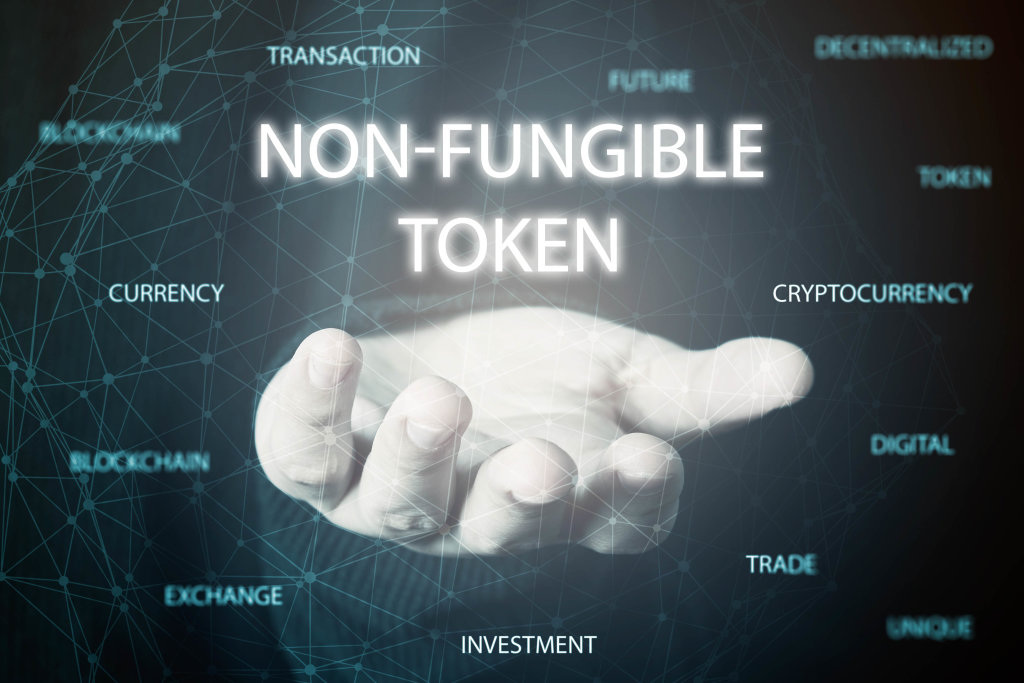
As NFTs can be associated with physical works (as with the Bansky piece before the fire) or can exist alone in the digital realm, this flexibility gives excellent monetization opportunities that will require creative interest without necessarily significant technical knowledge.
Besides, since their high traceability facilitates the authenticity and source of the work, this feature, in turn, makes the job easier to buy, sell, and trade.
Everybody heard of Christie’s auction of an NFT art, a purely digital collage, for US$69.4 million, with an NFT to “guarantee” authenticity.
This ownership information is stored on the blockchain with a specific ID and linked to unique metadata. It became part of an algorithm.
More interesting is that NFTs’ value derives from owning the whole entity.
The non-divisible nature of NFTs also helps with ownership rights and verifying provenance.
Besides associating the artwork to an NFT, software code called smart contracts may regulate aspects like managing transferability and paying royalties.
Therefore, NFTs can be extended beyond the sole ownership and transferability and include various other applications and functionality, like linking the NFT to another digital asset.
For example, one may write on a smart contract to automatically distribute a portion of the amounts paid for any subsequent sale of the NFT back to the original owner to give the owner the ability to recognize the minor marketplace’s benefits.

CAN MY CONTENT BE AN NFT?
Probably yes!
Indeed, almost anything is a digital asset to link to an NFT. Today, there are very few restrictions of what content may or may not be getting “tokenized” and turned into an NFT art. The technology is still in its early days. It’s a great moment to experiment with the medium with your artwork as the market for digital art continuously grows its demand.
Digital art, songs, memes, and even startups are on sale on NFT marketplaces. And the best is only yet to come.
HOW TO CREATE AN NFT?
You won’t need a total technical understanding of the cryptocurrency or blockchain systems to start with NFT crypto art. It’s crucial to mention that NFTs are mainly part of the Ethereum blockchain.
The following three steps are a summary of what you will need to commence selling and trading art with NFTs:
- Set up an Ethereum Wallet
- Purchase a small amount of Ethereum.
- Connect your wallet to an NFT Marketplace.
WHAT IS AN NFT MARKET?
There are several websites that you can submit your NFT art. You may think of these sites as NFT art galleries. The popular term for these websites is “NFT marketplaces”.
WHERE TO SELL NFT ART?
The answer is “NFT marketplaces”.
Here’s also a list of the most popular NFT art marketplaces that lists NFT art for sale:
For a more comprehensive overview of NFT art websites and marketplaces visit our directory of NFT marketplaces.
Have fun and good luck!
If this article weren’t helpful enough for you, we’d be happy to hear from you! Please write us on Instagram or send us an email at hello@hueandeye.org.












